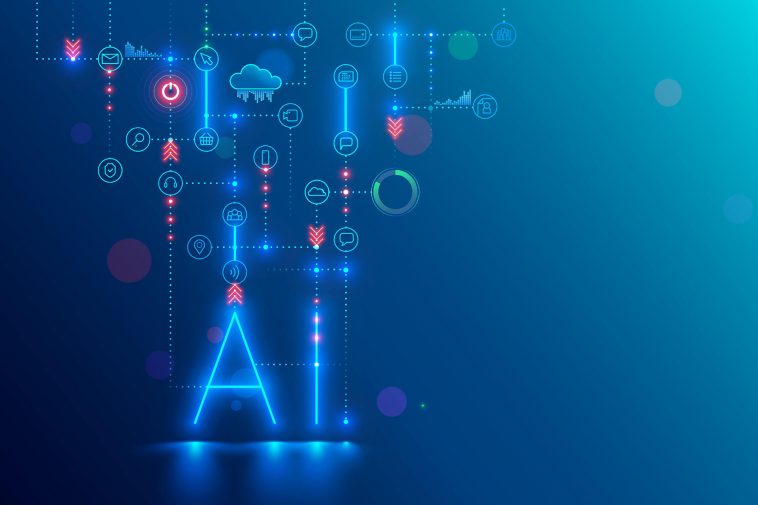Labor shortages have been a problem for many businesses. Plenty of entry-level vacancies, most retail stores are hiring, and of course average salaries are rising. This has long been the case in countries like Japan, leading the way in leveraging AI to achieve higher levels of automation, with the goal of doing more with fewer people.
Here are some key trends in AI automation:
1. AI training and data quality
Data engineers trained in artificial intelligence are taking data quality processes seriously, says Ruben Orduz, senior development advocate for the Great Expectations open data quality platform. One problem is that real-world data is not clean or unpredictable. It may suffer from quality issues such as missing, truncated or invalid data, unexpected duplications and exceptions.
“When algorithms are trained with messy data, the results can be disastrous,” he said. “Machine learning and artificial intelligence algorithms that rely on inferring and adjusting from input data are particularly vulnerable to poor data conditions.”
For example, if a business sends and delivers goods, it receives a set of orders from suppliers that include the name, address, and goods to be delivered. AI systems take this data and use it to learn and plan delivery routes. If the number of deliveries usually ranges from 1 to 30, but the data suddenly shows thousands of packages in the “Packages”, then this means that more delivery drivers need to be hired, which indicates that the model is also biased. This is why data engineers are working hard to understand the quality of their data and use data quality platforms to identify outliers and affected data. It’s easier than ever to do this now. Engineers can discover, run pipeline tests as data flows in, and catch outliers before entering the AI training process.
2. AI automation and networking
Many companies, including Cisco, Juniper Networks, Gluware, and Splunk, are investing in the automation of AI capabilities to apply them to network troubleshooting and performance diagnostics. Network operations have traditionally required highly involved human resources. AI and data can automate many jobs.
The network is, after all, a complex system with a multitude of technologies, architectures, and overlays that cause failures and performance issues at many points of operation. The human operation aspect of the network is equally challenging. Despite some efforts to centralize operations to the network controller, network management is still largely manual and requires considerable expertise from managers. Furthermore, the work is largely exploratory, with managers trying to manually derive the source of the problem without prior insight or data. As a result, running the network in the traditional way is costly, both in terms of service downtime or degradation, and in terms of the manpower to implement the solution.
“Automating analytics with AI is a huge opportunity, and we’re building a platform that will leverage and unify real data across the entire networking stack,” said Stanislav Miskovic, VP of Artificial Intelligence at Gluware.
AI automation can help businesses reduce network-related operational costs in a number of ways: perform root cause analysis and localize problematic sites, devices, and protocols; autonomously baseline the infrastructure as a whole and all its components; Identify the relevance of issues to rank; e.g. identify supporting evidence and prescribe remedial actions to network engineers. But in the online world, most of these capabilities are still in their infancy. ”
3. AI in cybersecurity
Just as networks often need to be automated with more artificial intelligence, so too does cybersecurity. As threats become more sophisticated and the boundaries of corporate networks become increasingly blurred, especially with the transition to cloud platforms, the amount of data that needs to be analyzed far exceeds the capabilities of human inspection.
Miskovic said, “Artificial intelligence and analytics are key enablers to enhance security. Today, security needs to cover a wider area, which cannot be achieved without the help of AI automation. If the attack surface is too large, the data volume is too large large, then the inspection cannot be performed without the help of artificial intelligence.”
This has spurred the development of user and entity behavior analytics, a purely AI-driven field of security. Another AI-driven approach to security is the detection of zero-day attacks or unknown events, which cannot be achieved without AI-automated baseline analysis and anomaly detection. Finally, AI automation helps security response teams by sorting security alerts, reducing alert fatigue, and recommending corrective actions.
4. Process automation
Even with all the products that help monitor, manage, operate, and secure an enterprise’s infrastructure, the number of alerts they generate and the number of steps engineers need to take to resolve them becomes overwhelming. For this reason, AI-driven process automation is becoming an integral part of network operations, security operations, and ticket management.
Miskovic said, “Many AI-driven solutions have been developed to automate various aspects of the task of alerting and problem solving. These AI automation solutions provide customizable playbooks that can execute many of the tasks without human intervention. Logistical or remedial tasks. The system can autonomously learn many of the playbook steps needed to solve a problem by recognizing patterns that engineers do to solve similar problems. These playbooks can also be customized by engineers.”
5. AI as a Service
AI engines and platforms are complex. As a result, others will inevitably take on the heavy lifting and offer AI-as-a-Service as an alternative to AI as a platform.
Frans Cronje, co-founder and CEO of DataProphet, said: “As enterprises and their data science teams have leveraged their strengths through AI platforms and started to build professional teams to realize the added value of AI, there is a need for AI-as-a-Service. AI systems that provide in-depth knowledge in the form of AI will accelerate development.”




GIPHY App Key not set. Please check settings